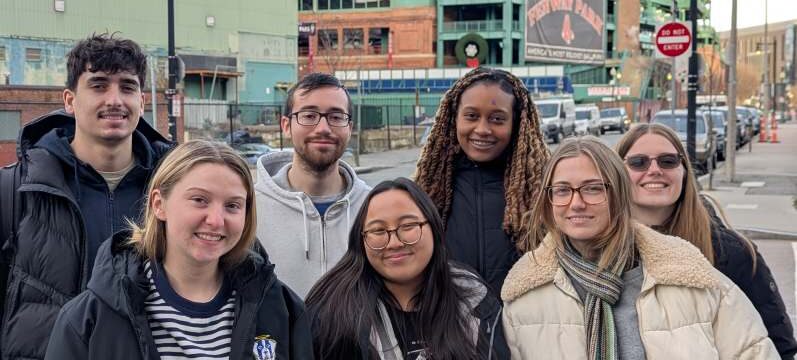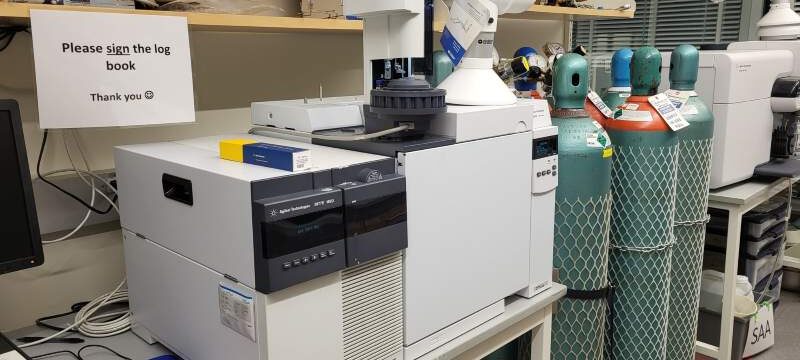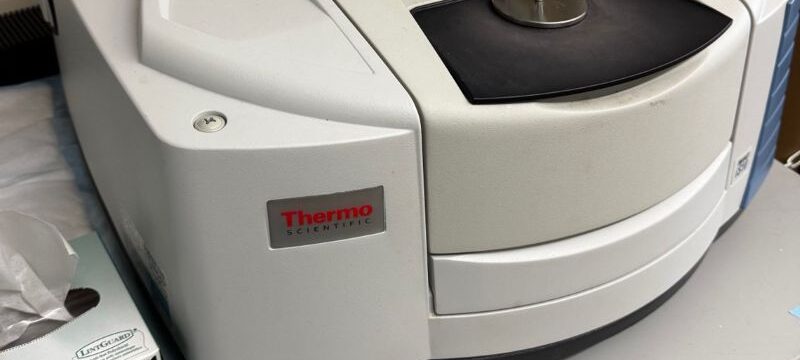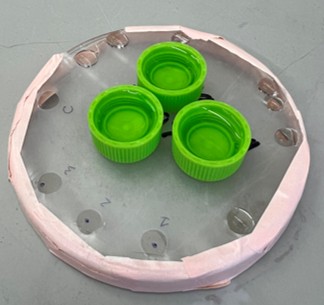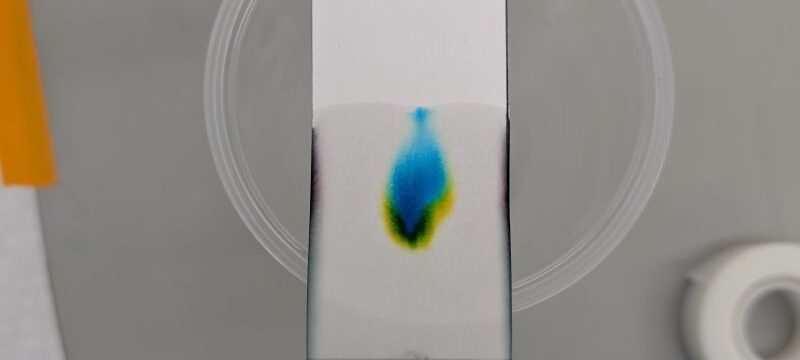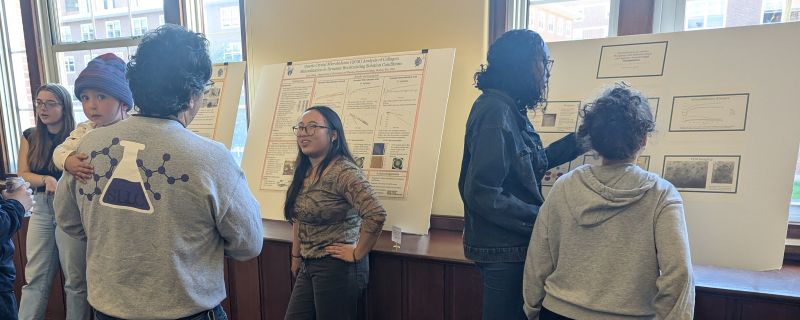Mar22
Posted on Mar 22 by
Dr. Gerdon is excited to be designing and teaching a new course this coming Fall 2021 called the Chemistry of Brewing. There’s tons of chemistry in the process of brewing from water chemistry to polysaccharides to alpha acids to yeast biochemistry. This is going to be a fun class and is open to all students (no science prerequisite)! It’s not designed for the chemistry major (not a chemistry elective), but could be a fun general elective!...
Mar19
Posted on Mar 19 by
This semester, Dianna is learning how to multitask! She has been working on producing quality tiopronin nanoparticle batches while also starting the place exchange reaction. Dianna also completed a colloid nanoparticle synthesis and is excited to visualize them using TEM! As always, Dianna is happy to be in lab, taking NMRs, and synthesizing lots of nanoparticles to use for place exchange. Here’s to a safe and successful semester back on...
Mar14
Posted on Mar 14 by
Rylie is very excited to finally come back to the research lab after being away for almost one year! When she left the lab, Rylie had just finished her first nanoparticle synthesis using mercaptobenzoic acid. Since she has come back to campus, Rylie has already completed two syntheses that are ready to be analyzed using NMR. She is hopeful that these new syntheses show the presence of nanoparticles, so she can use TEM to further analyze her samples. This semester Rylie is hopeful to perfect her nanoparticle synthesis and possibly begin a new affinity...
Feb25
Posted on Feb 25 by
It is Julia’s second week in the lab. She has been shadowing Gabby in regard to her work with QCM (Quartz Crystal Microbalance) measurements of collagen mineralization. Julia has worked on preparing calcium phosphate solutions necessary to mineralize collagen! She is excited to learn as much as she can and possibly start her own project in the...
Feb18
Posted on Feb 18 by
It’s Gabby’s first week back in the lab since winter break and she is ready to get back to work on her QCM collagen project! With help, Gabby has finally managed to attach and form a collagen hydrogel on a QCM crystal. It was tricky getting that collagen to form and stick on the crystal, but we found that using a 37 ℃ water bath really helps! Now she is working on mineralizing the collagen with calcium phosphate. The first run of a new experiment always has some unexpected challenges but as you can see Gabby is excited and optimistic about the experiments...
Feb18
Posted on Feb 18 by
Experiment Prep! To start off this semester of research, Amanda has been planning an affinity experiment with Dr. Gerdon! She will be working with DNA aptamers and will be making more collagen hydrogels. Amanda has also been organizing data from the IR spectra that she collected last semester. She is preparing to get into the lab next week to get trained on the plate reader and to start the affinity experiment. Amanda can’t wait to get back into lab and do her first experiment of the...

